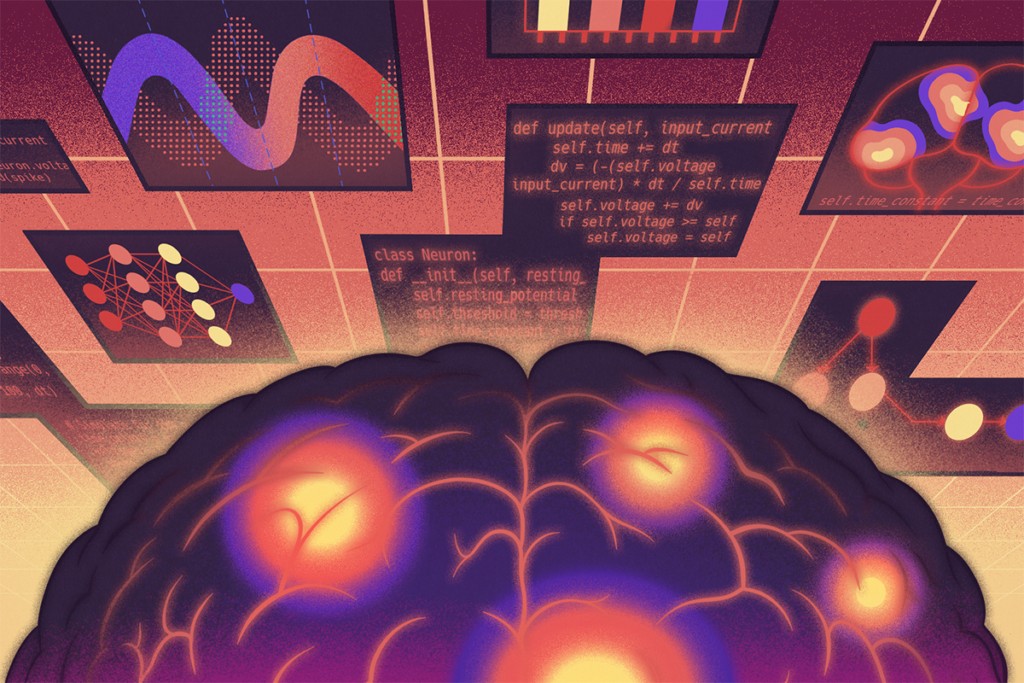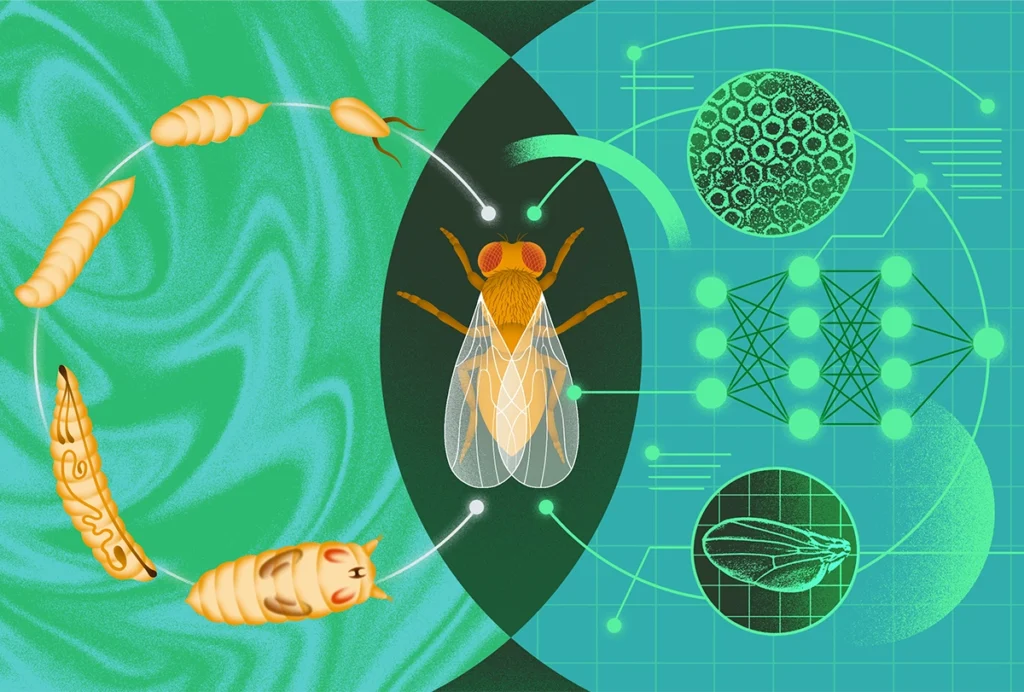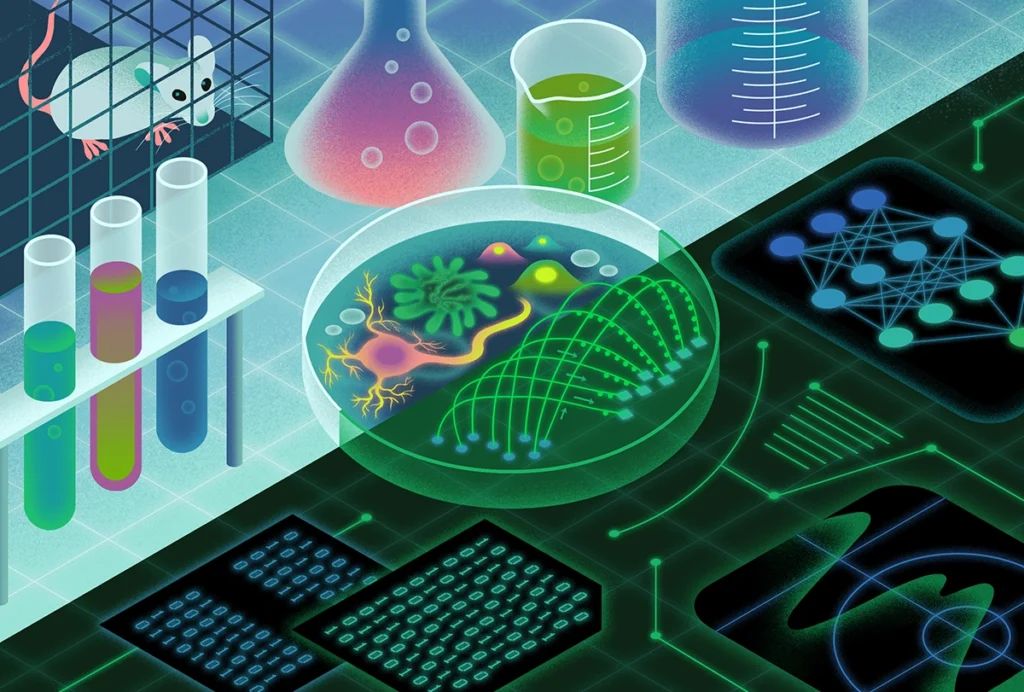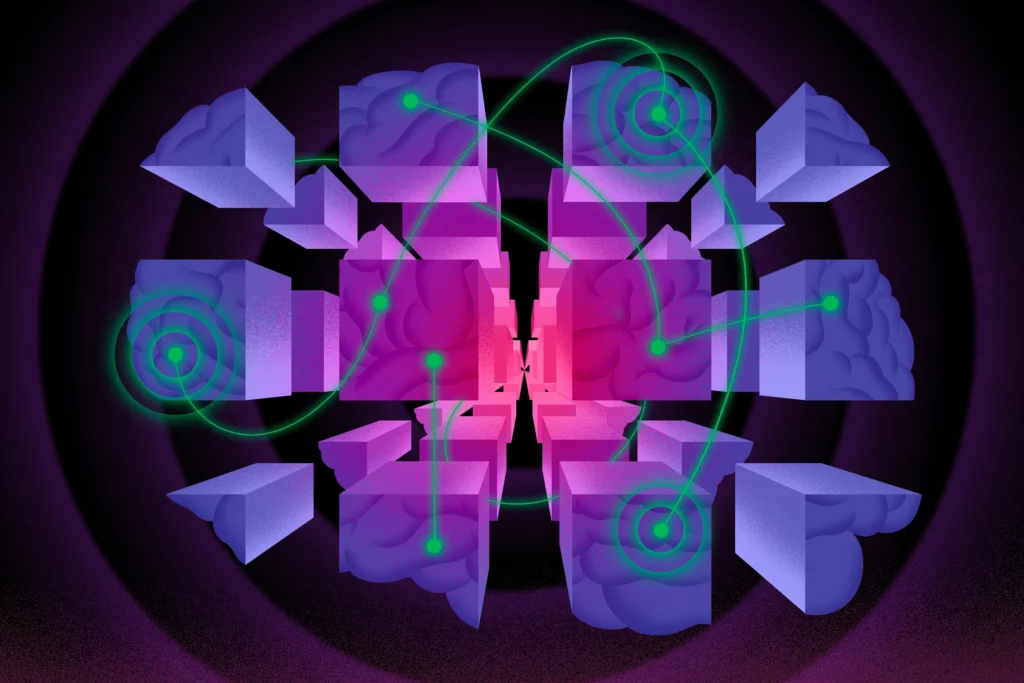Ariel Davis
Illustrator
From this contributor
New questions around motor neurons and plasticity
A researcher’s theory hangs muscle degeneration on a broken neural circuit.

New questions around motor neurons and plasticity
Should neuroscientists ‘vibe code’?
Researchers are developing software entirely through natural language conversations with advanced large language models. The trend is transforming how research gets done—but it also presents new challenges for evaluating the outcomes.

Should neuroscientists ‘vibe code’?
Computational and systems neuroscience needs development
Embracing recent advances in developmental biology can drive a new wave of innovation.

Computational and systems neuroscience needs development
Experimentalists versus modelers — whose work has more lasting impact?
My informal analysis of some of neuroscience’s most cited papers from 1999 explores what drives scientific durability.

Experimentalists versus modelers — whose work has more lasting impact?
Name this network: Addressing huge inconsistencies across studies
Entrenched practices have stymied efforts to build a universal taxonomy of functional brain networks. But a new tool to standardize brain-imaging findings could bring us a step closer.

Name this network: Addressing huge inconsistencies across studies
Explore more from The Transmitter
The Transmitter’s most-read neuroscience book excerpts of 2025
Books by Nachum Ulanovsky, Nicole Rust, and Andrew Iwaniuk and Georg Striedter made the list of some of the year's most engaging neuroscience titles.

The Transmitter’s most-read neuroscience book excerpts of 2025
Books by Nachum Ulanovsky, Nicole Rust, and Andrew Iwaniuk and Georg Striedter made the list of some of the year's most engaging neuroscience titles.
Neuroscience’s leaders, legacies and rising stars of 2025
Here are seven stories from the past year about some of the field’s most engaging figures.

Neuroscience’s leaders, legacies and rising stars of 2025
Here are seven stories from the past year about some of the field’s most engaging figures.
The Transmitter’s top news articles of 2025
Check out some of our most-read stories, covering neuroscience funding and policy changes in the United States, and methodological issues in high-profile neuroscience papers.

The Transmitter’s top news articles of 2025
Check out some of our most-read stories, covering neuroscience funding and policy changes in the United States, and methodological issues in high-profile neuroscience papers.